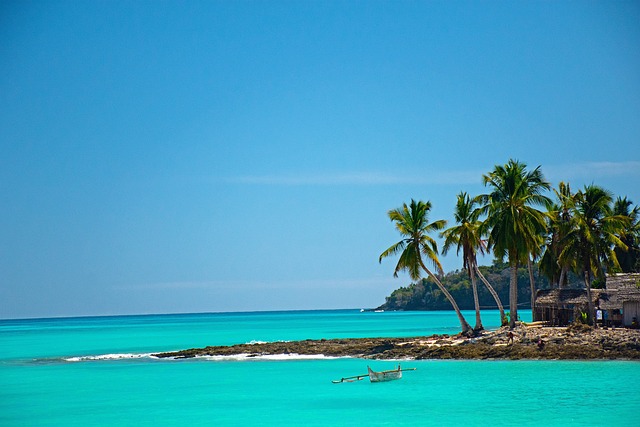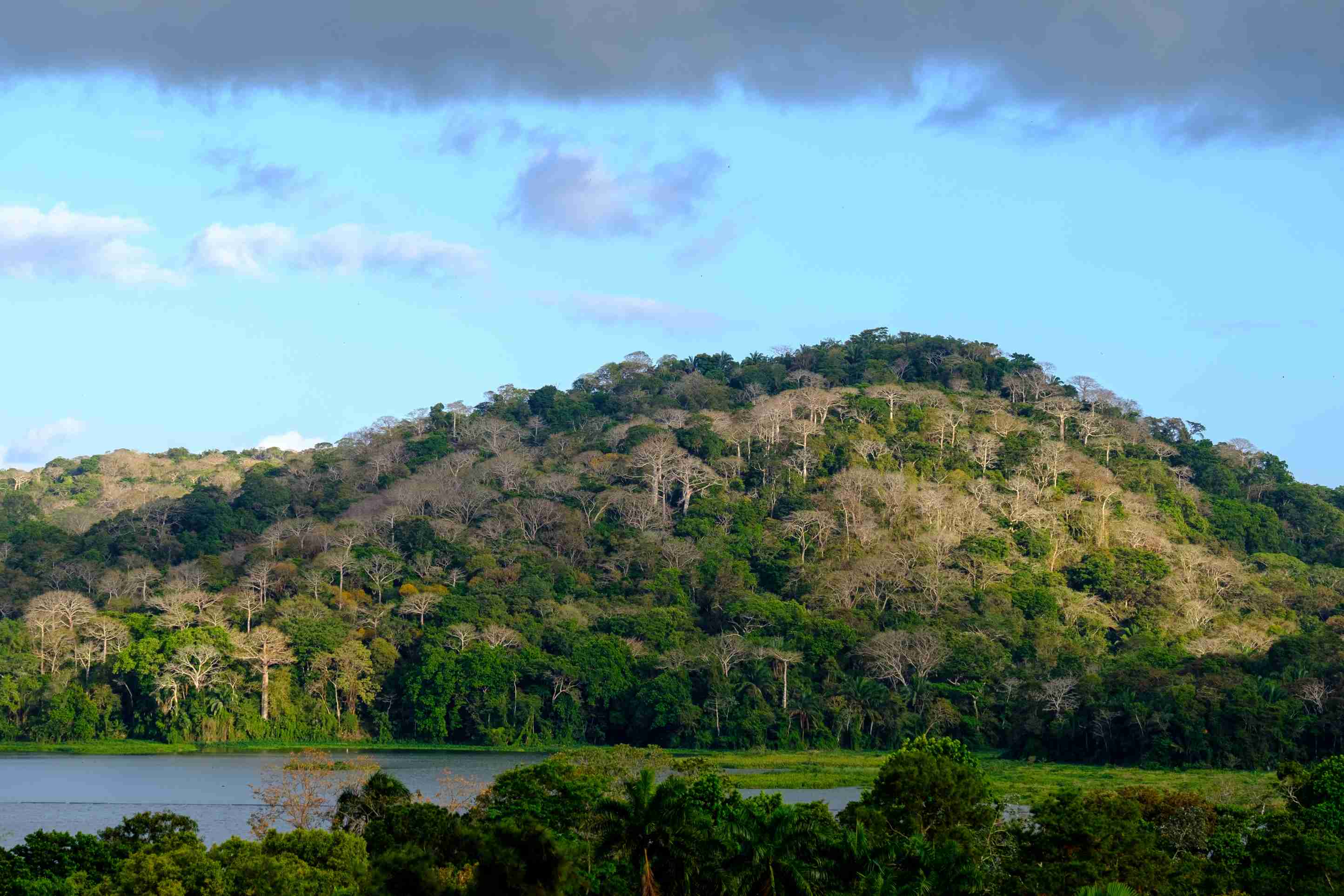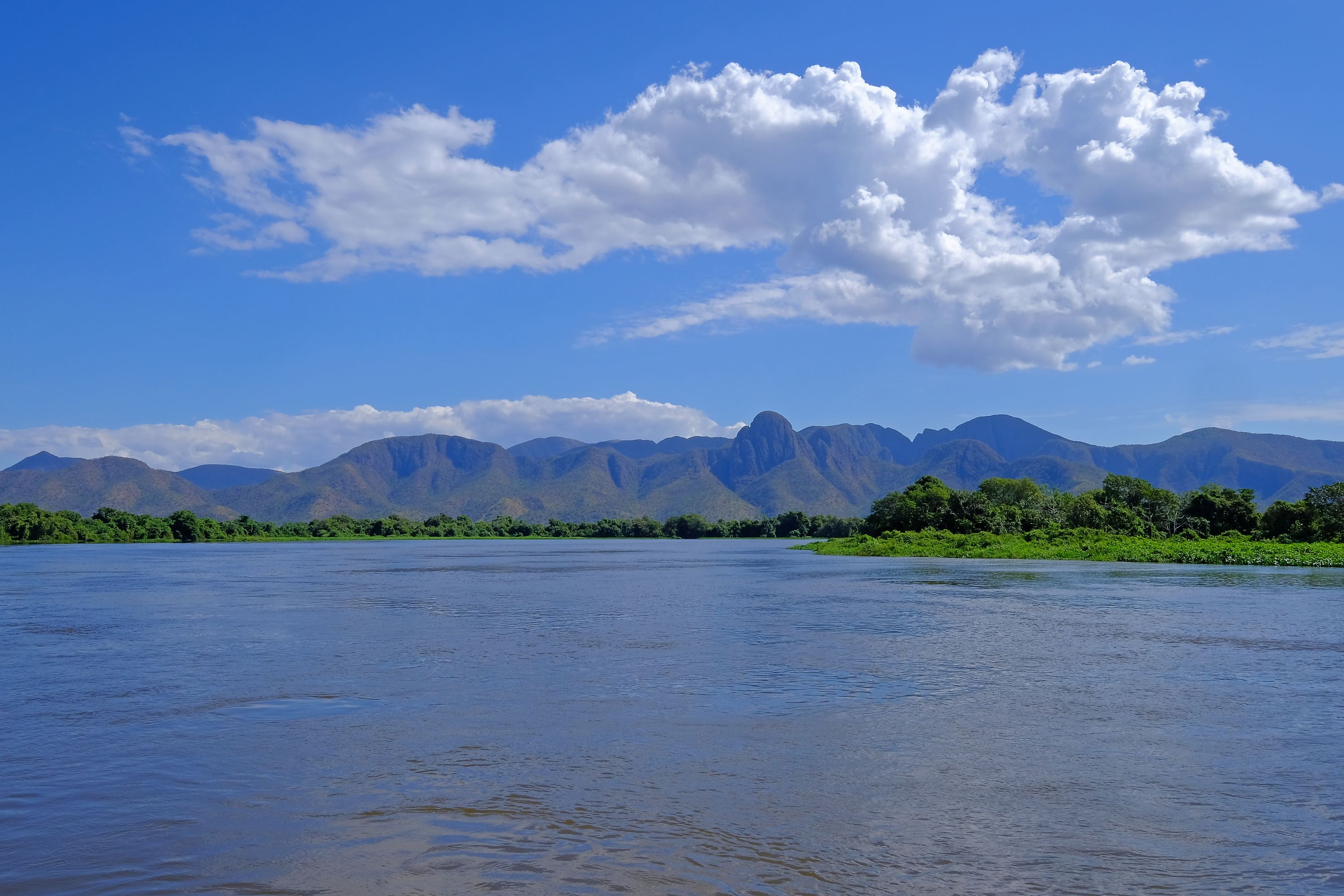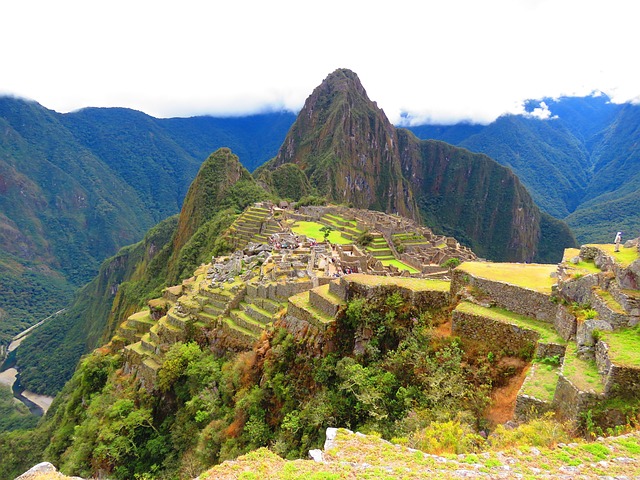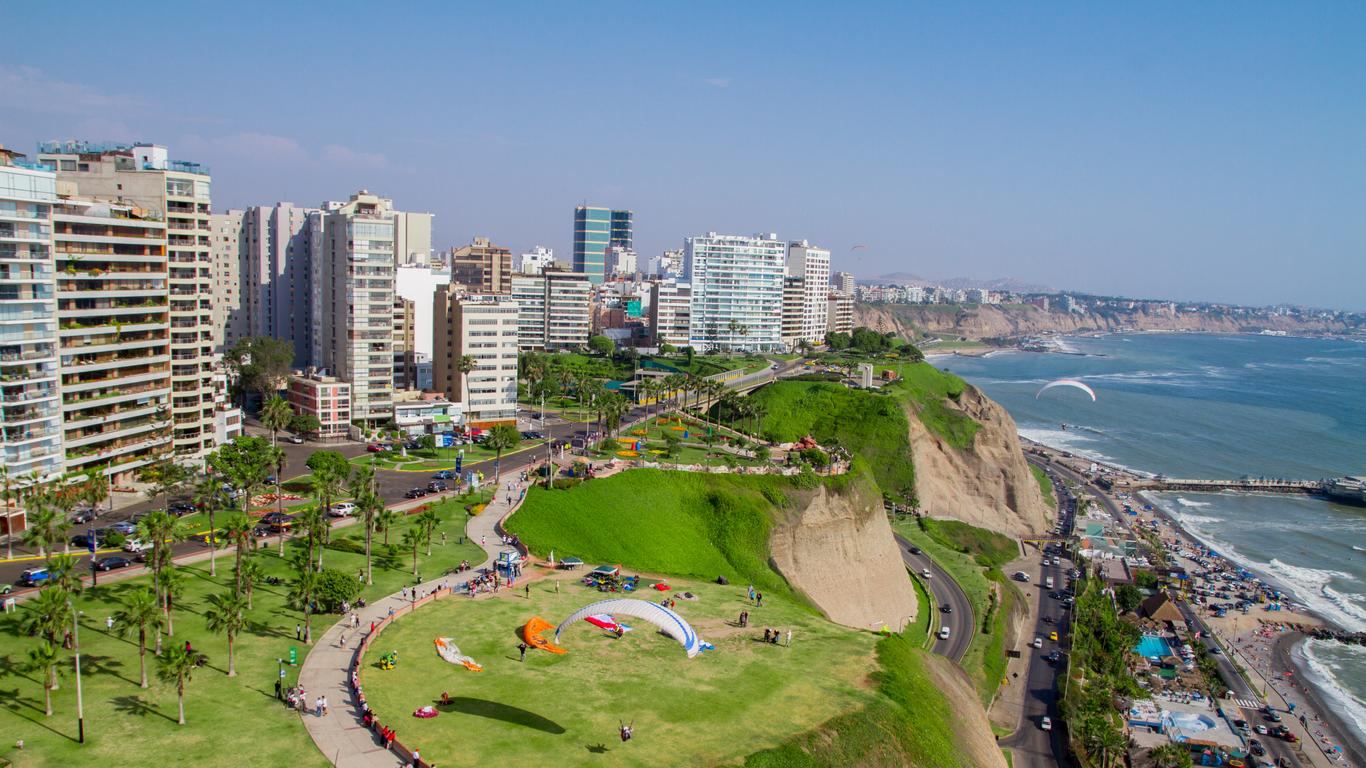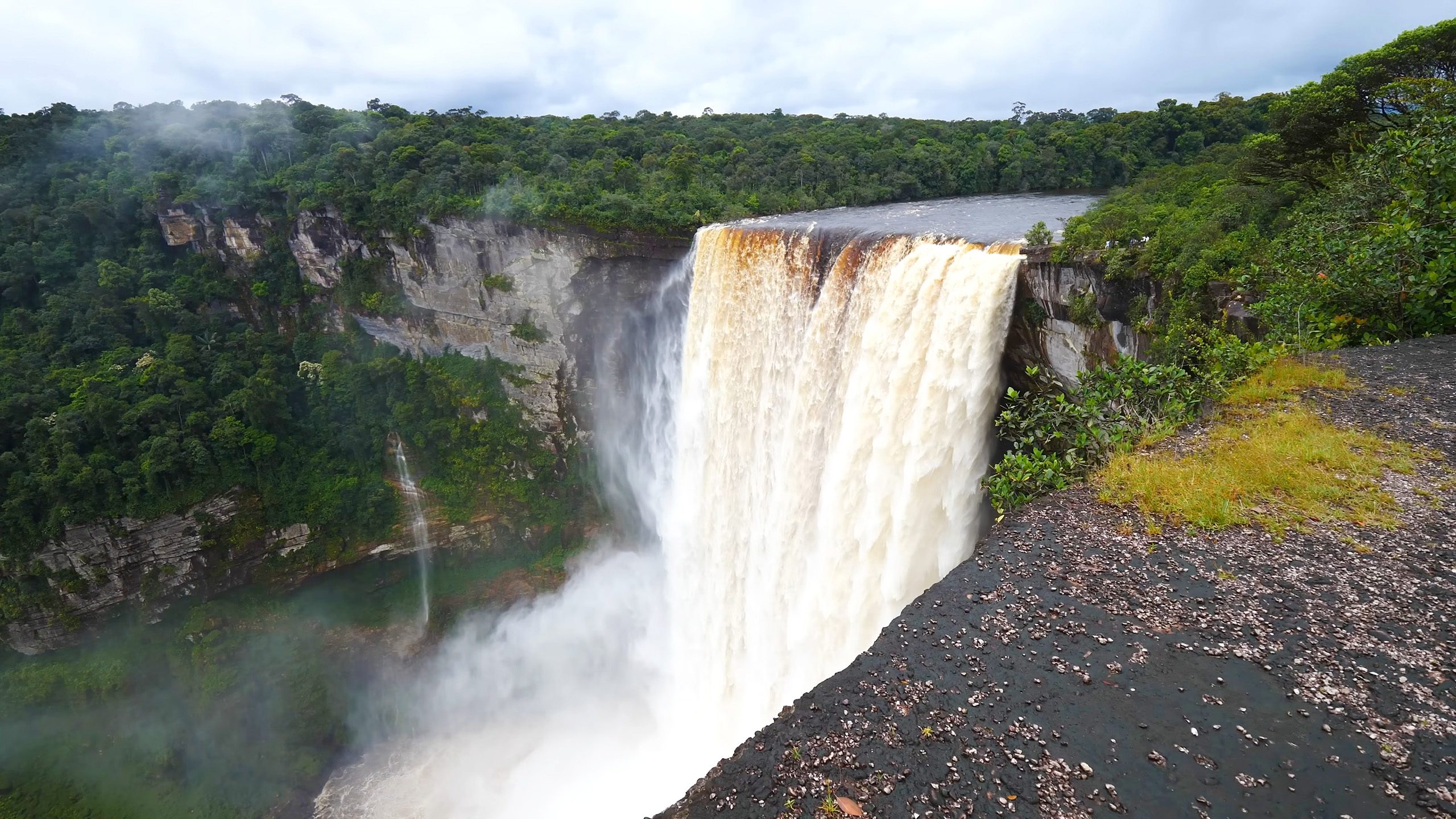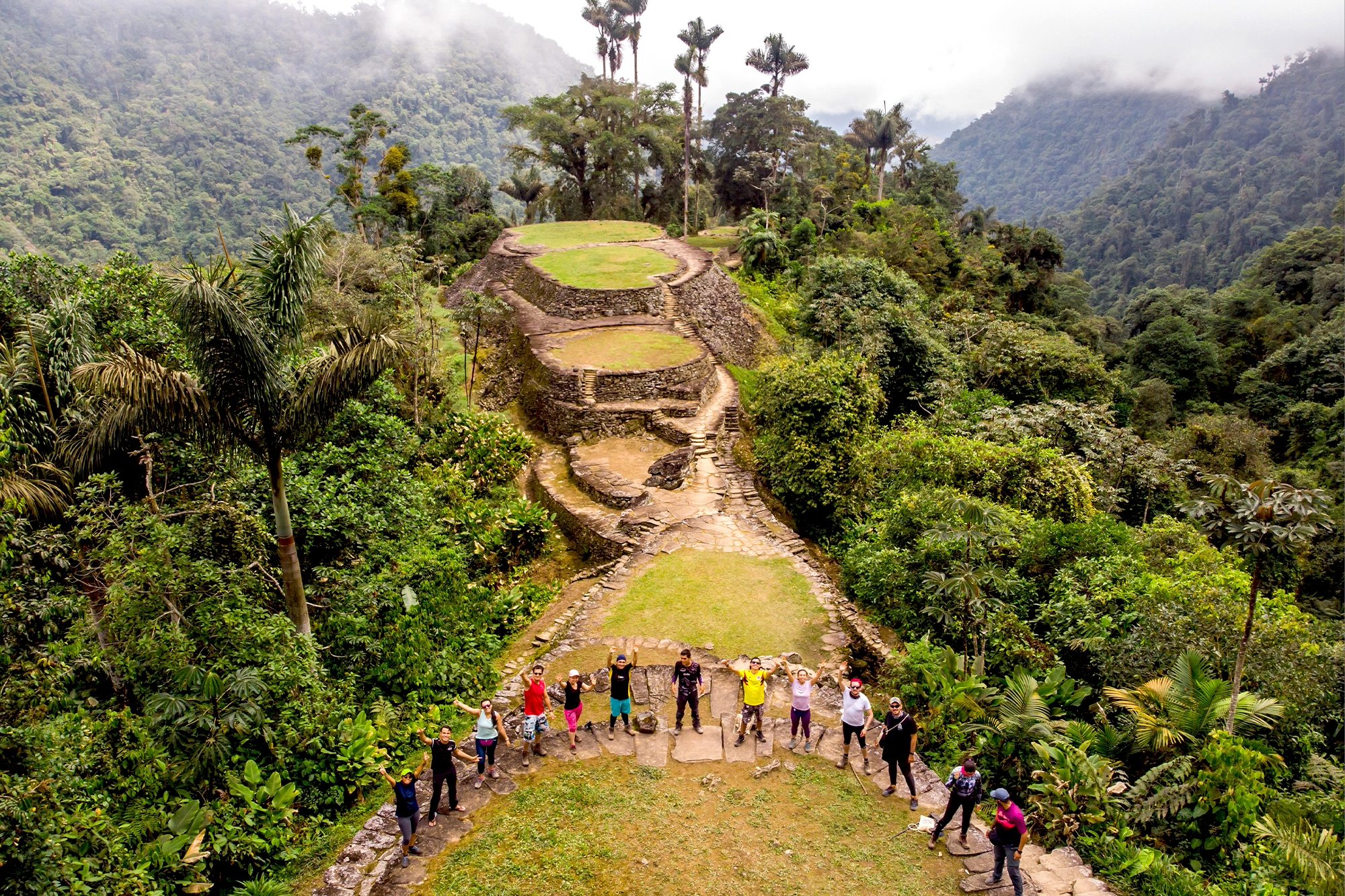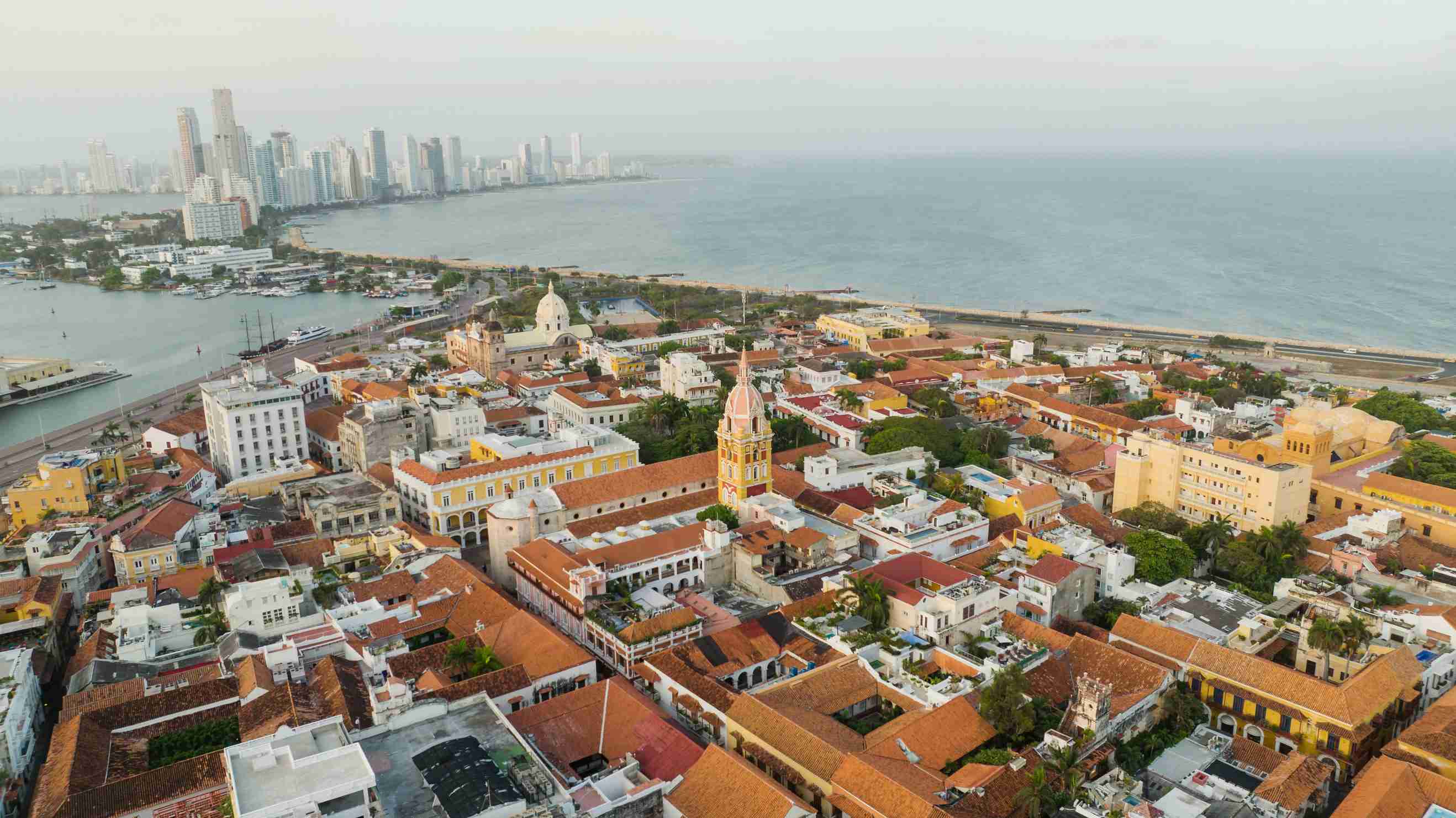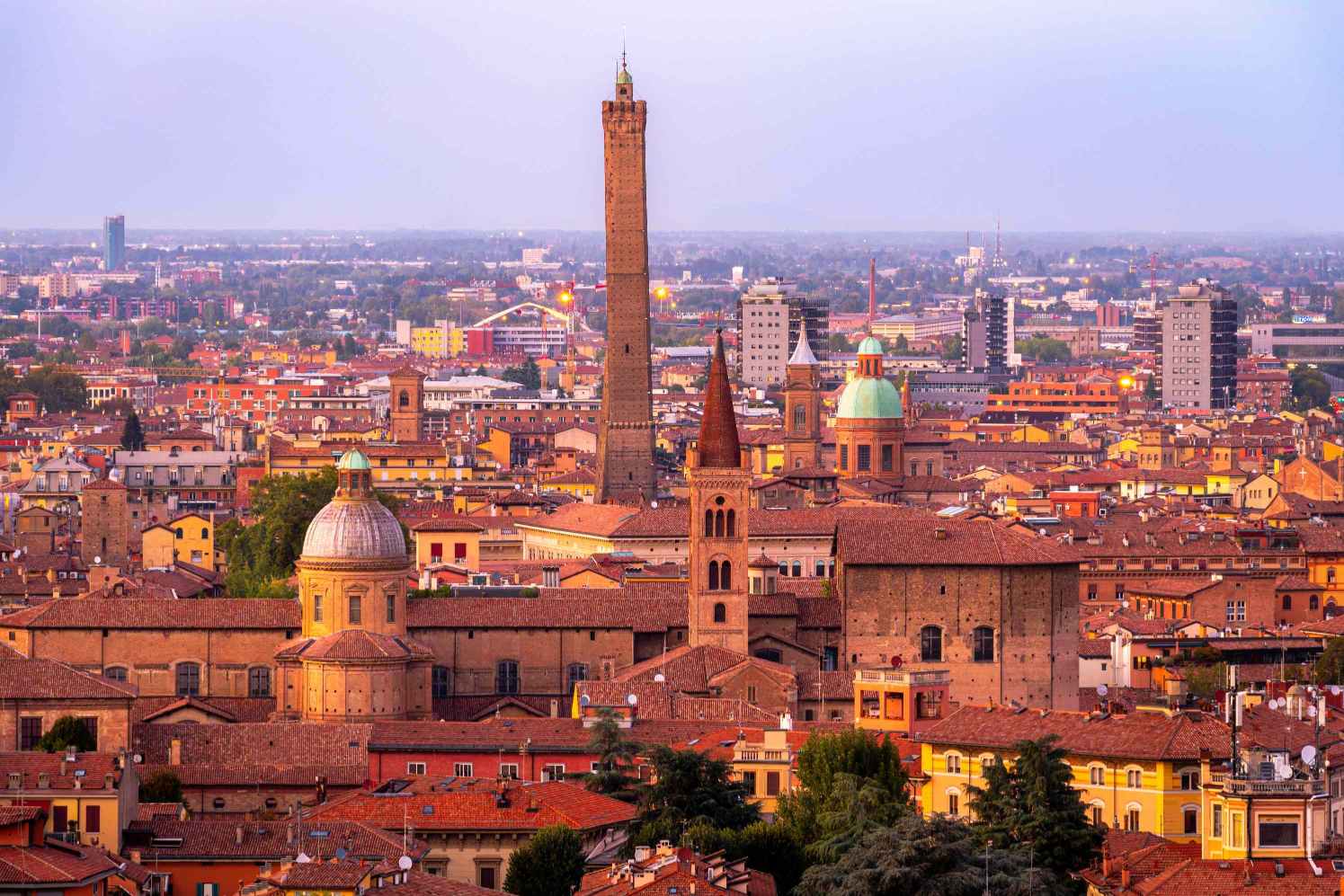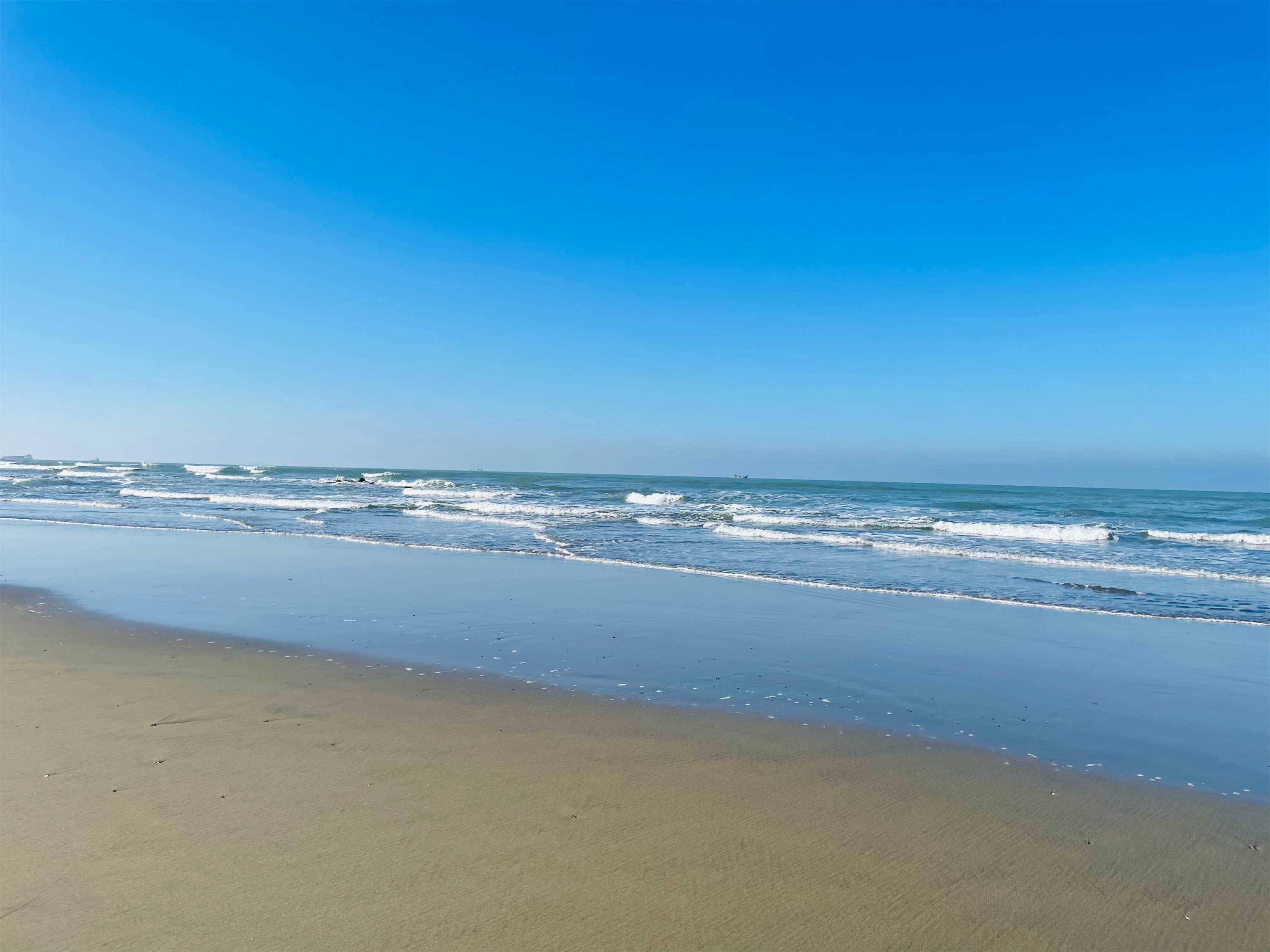Madagascar, the fourth-largest island in the world, is a biodiversity hotspot located off the southeastern coast of Africa in the Indian Ocean. Known as the “Eighth Continent” due to its unique ecosystems, Madagascar is home to an incredible array of endemic wildlife, including lemurs, chameleons, and baobab trees. Approximately 90% of its wildlife and 80% of its plant species are found nowhere else on Earth.
Beyond its natural wonders, Madagascar boasts stunning landscapes, from lush rainforests and pristine beaches to arid deserts and towering limestone formations. The island’s rich cultural heritage, shaped by African, Asian, and European influences, adds to its allure. Whether you’re a nature enthusiast, an adventure seeker, or a cultural explorer, Madagascar offers an unforgettable experience.
Main Attractions of Madagascar
Madagascar is packed with unique and breathtaking attractions. Here are the top highlights you shouldn’t miss:
-
Avenue of the Baobabs:
- Located near Morondava, this iconic landscape features towering baobab trees lining a dirt road. It’s one of the most photographed spots in Madagascar.
-
Andasibe-Mantadia National Park:
- This rainforest park is famous for its lemurs, including the largest species, the indri. It’s also home to a variety of birds, reptiles, and amphibians.
-
Tsingy de Bemaraha National Park:
- A UNESCO World Heritage Site, this park is known for its limestone karst formations, which create a surreal, jagged landscape. It’s a paradise for hikers and adventure seekers.
-
Nosy Be:
- A tropical island off the northwest coast, Nosy Be is known for its pristine beaches, coral reefs, and marine life. It’s a great spot for snorkeling, diving, and relaxation.
-
Isalo National Park:
- This park features dramatic sandstone formations, canyons, and natural pools. It’s a popular destination for hiking and exploring Madagascar’s unique geology.
-
Ranomafana National Park:
- A lush rainforest park known for its hot springs, waterfalls, and diverse wildlife, including the golden bamboo lemur.
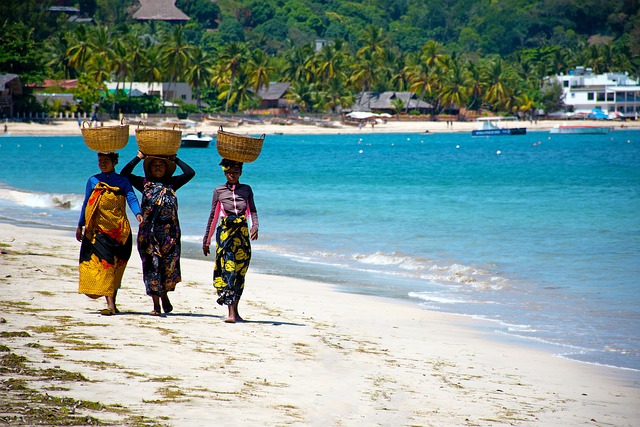

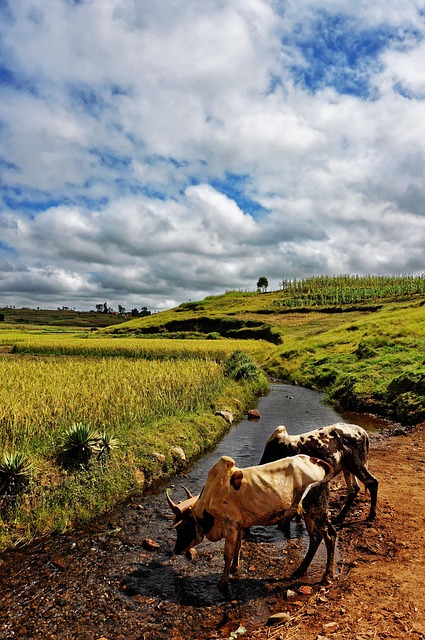
Culture of Madagascar
Madagascar’s culture is a fascinating blend of African, Asian, and European influences, shaped by centuries of migration and trade. The Malagasy people are known for their warm hospitality and rich traditions. Key cultural highlights include:
- Famadihana (Turning of the Bones): A unique ancestral tradition where families exhume and rebury their ancestors to honor them.
- Music and Dance: Traditional Malagasy music, such as Salegy and Hiragasy, is an integral part of celebrations and rituals.
- Crafts: Local artisans create beautiful handicrafts, including wood carvings, woven baskets, and embroidered textiles.
How to Reach Madagascar
Madagascar is accessible by air and sea, though flying is the most common option for international travelers. Here’s how to get there:
-
By Air:
- The main international airport is Ivato International Airport (TNR) in Antananarivo, the capital city. It is served by flights from major cities like Paris, Nairobi, and Johannesburg.
- Domestic flights connect Antananarivo to other regions, such as Nosy Be and Toliara.
-
By Sea:
- Ferries and cargo ships operate between Madagascar and nearby islands like Réunion and Mauritius, but this is less common for tourists.


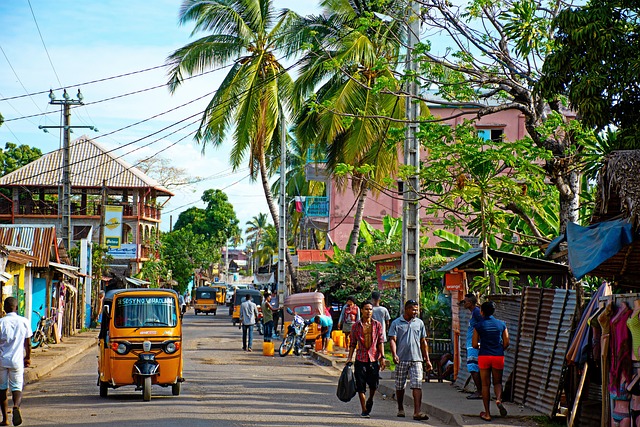
Accommodation Arrangements
Madagascar offers a range of accommodation options to suit all budgets:
-
Luxury Lodges:
- Miavana by Time + Tide (Nosy Be): A luxury eco-lodge offering private villas and world-class amenities.
- Vakona Forest Lodge (Andasibe): Located near Andasibe-Mantadia National Park, this lodge offers comfortable rooms and easy access to wildlife.
-
Mid-Range Hotels:
- Hotel Colbert (Antananarivo): A centrally located hotel with modern facilities.
- Le Relais de la Reine (Isalo): A charming hotel near Isalo National Park.
-
Budget Stays:
- Chez Maggie (Nosy Be): A budget-friendly guesthouse with a relaxed vibe.
- Iharana Bush Camp (Ankarana): Offers affordable tented accommodations near Ankarana National Park.
-
Camping:
- Many national parks offer campsites for those who prefer a more adventurous experience.
Local Foods to Try
While visiting Madagascar, don’t miss the chance to try Malagasy cuisine. Here are some local dishes to savor:
- Romazava: A traditional meat and leafy green stew, often considered the national dish.
- Ravitoto: A dish made from mashed cassava leaves, usually served with pork or beef.
- Mofo Gasy: Malagasy rice cakes, often eaten for breakfast.
- Lasary: A refreshing side dish made from vegetables or fruits, similar to a salad or chutney.
- Vanilla: Madagascar is the world’s largest producer of vanilla, so don’t miss trying vanilla-infused desserts and drinks.
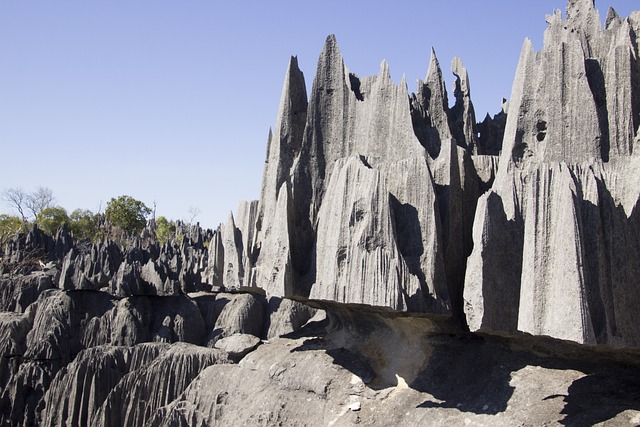
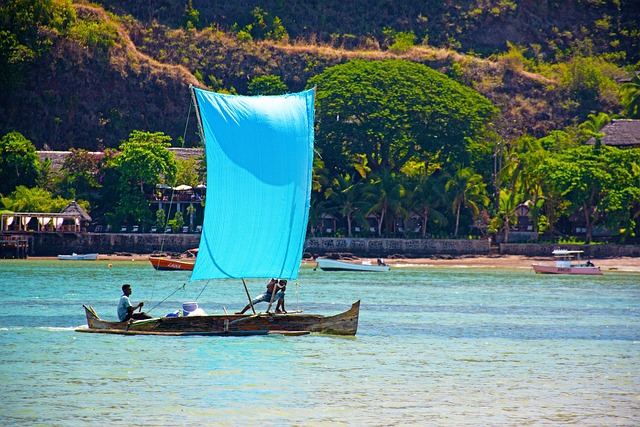

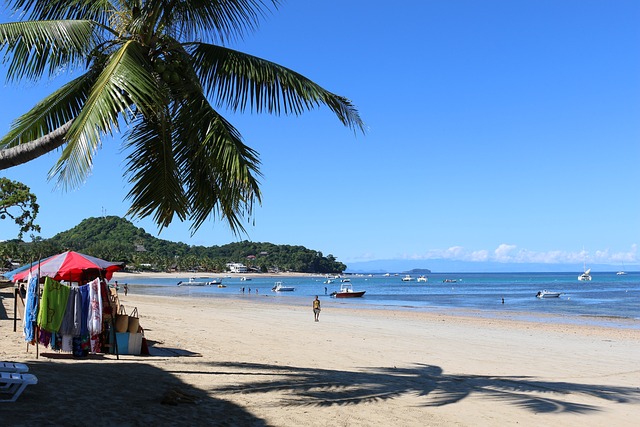
Best Time to Visit
The best time to visit Madagascar is during the dry season (April to November), when the weather is pleasant, and wildlife is easier to spot. The rainy season (December to March) can bring heavy rains and cyclones, making some areas inaccessible.
Where to Visit Nearby
While in Madagascar, consider exploring these nearby attractions:
- Île Sainte-Marie: A tropical island known for its whale-watching and pirate history.
- Ankarana National Park: Famous for its limestone tsingy formations and underground rivers.
- Ifaty: A coastal village known for its coral reefs and spiny forest.
Where to Shop
- Local Markets: Visit markets in Antananarivo and other towns for handicrafts, spices, and vanilla.
- Artisan Shops: Look for wood carvings, embroidered textiles, and handmade jewelry.
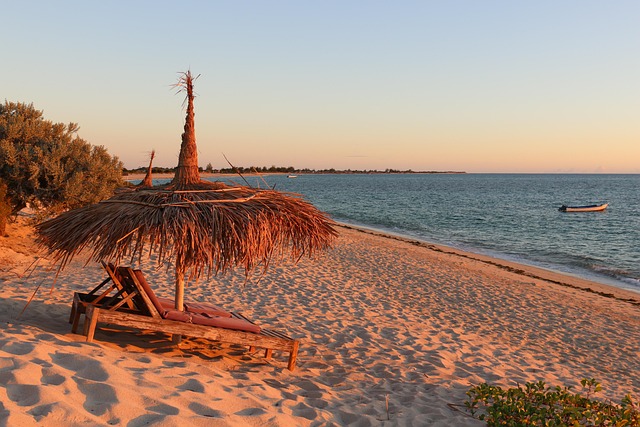
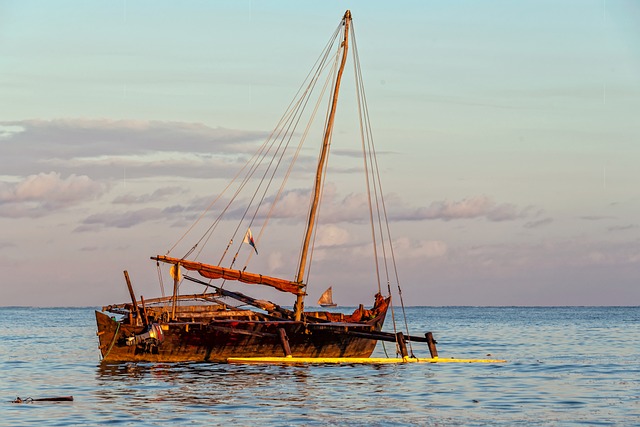
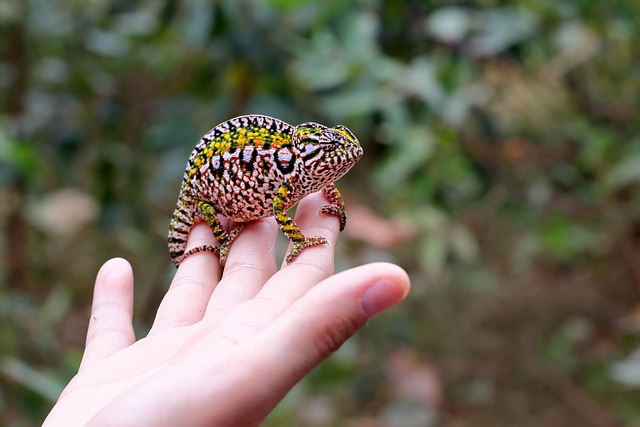
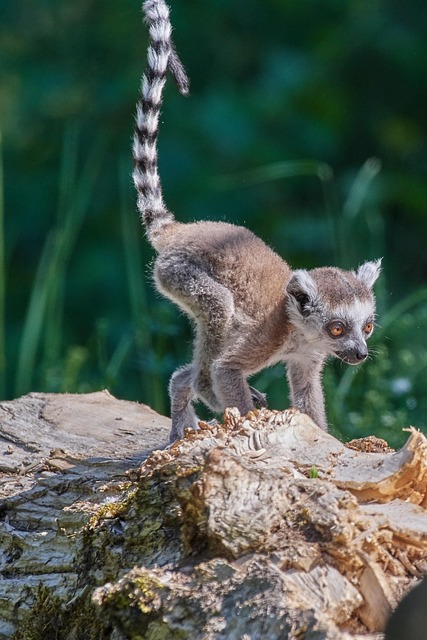
Things to Do
- Wildlife Watching: Spot lemurs, chameleons, and other endemic species in national parks.
- Hiking: Explore the unique landscapes of Tsingy de Bemaraha and Isalo National Park.
- Beach Relaxation: Unwind on the pristine beaches of Nosy Be and Île Sainte-Marie.
- Cultural Tours: Visit local villages to learn about Malagasy traditions and crafts.
What to Pack
- Lightweight, breathable clothing
- Comfortable hiking shoes
- Sunscreen, hat, and sunglasses
- Insect repellent
- Binoculars and a camera
- A reusable water bottle
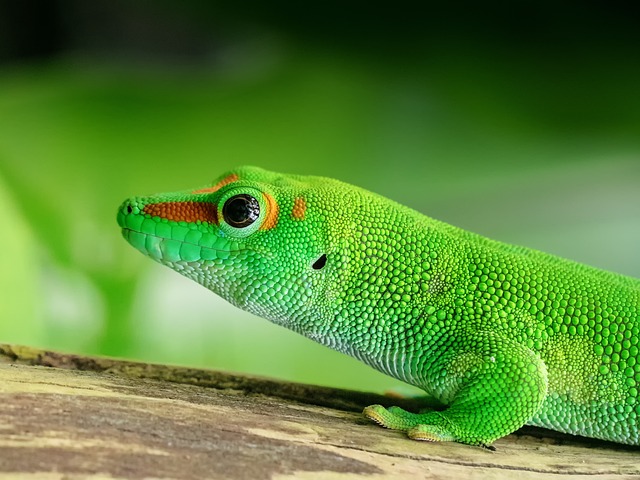
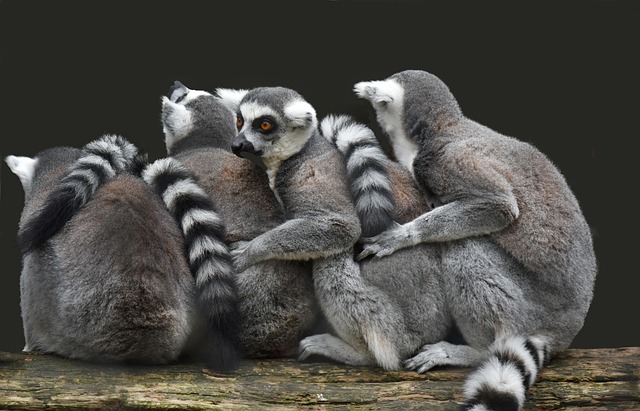
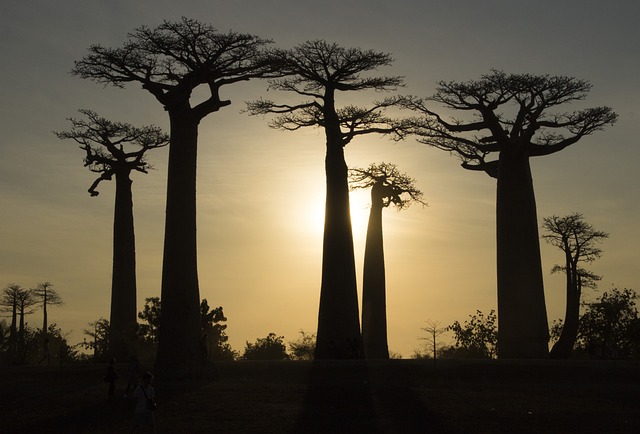
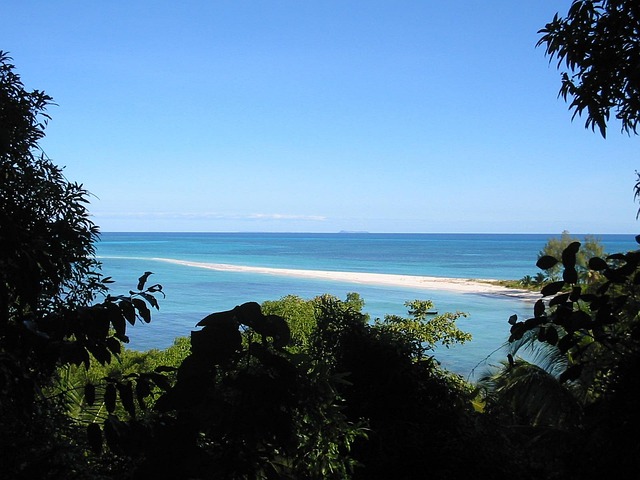
Madagascar is a destination like no other, offering a unique blend of wildlife, landscapes, and culture. From the iconic baobabs and lemurs to the stunning beaches and vibrant traditions, Madagascar promises an unforgettable adventure. Whether you’re exploring its national parks, relaxing on its beaches, or immersing yourself in its culture, Madagascar is a journey into the extraordinary.
FAQs
-
How much time is needed to explore Madagascar?
- At least 10-14 days are recommended to explore the main attractions.
-
Is Madagascar safe for tourists?
- Yes, but it’s important to take precautions, such as avoiding isolated areas at night and keeping an eye on your belongings.
-
Do I need a visa to visit Madagascar?
- Yes, most travelers need a visa, which can be obtained on arrival or online.
-
What is the local currency?
- The local currency is the Malagasy Ariary (MGA).
-
Are there health risks in Madagascar?
- Yes, malaria and other tropical diseases are present. Consult your doctor for vaccinations and prophylaxis before traveling.
-
What is the best way to get around Madagascar?
- Domestic flights are the fastest option, but road travel (4×4 vehicles) is common for exploring remote areas.
Madagascar is a true gem of the Indian Ocean, offering a journey into a world of unique wildlife and breathtaking landscapes. Plan your trip well, and prepare to be amazed by this extraordinary island!

